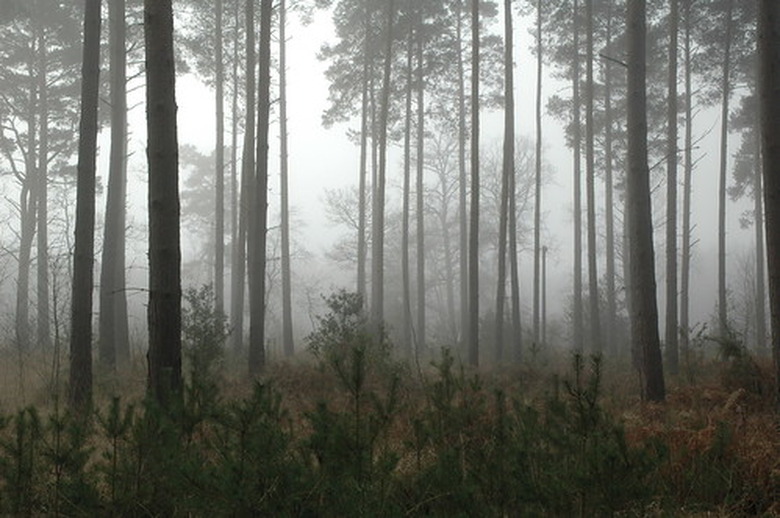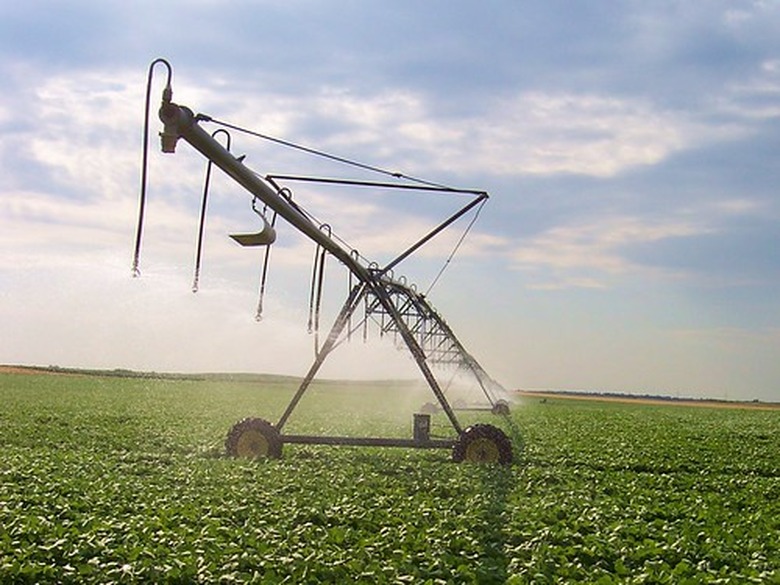Facts About The Plant Kingdom
Plants surround us every day and are the dominant source of all of the oxygen that we breathe. They provide us and other animals with food and many of the other products, such as wood, that we use on our day-to-day life. Although they are not the largest kingdom of living organisms, they are the most important. Without plants, all other life would be virtually impossible.
Description
The plant kingdom, with over 300,000 different species, is the second largest kingdom of life after arthropods. All plants have a few characteristics in common. They are multicelled and autotrophic, meaning they are capable of creating their own food and are self-sustainable, unlike most living organisms. They also have cell walls made of cellulose, a type of starch, that many other life forms do not have. Most plants are green due to chlorophyll, which is where photosynthesis happens.
- Plants surround us every day and are the dominant source of all of the oxygen that we breathe.
- They also have cell walls made of cellulose, a type of starch, that many other life forms do not have.
Evolution
Over 700 million years ago, only aquatic algae and bacteria were able to create their own food. This is when the first simple plants started to appear, and 435 million years ago the first plants with simple stalks started to appear. It took another 60 million years for plants to spread all over the globe. This is when the complex systems of roots, stems and leaves, including vascular tissues, appear in plants.
Photosynthesis
Photosynthesis is not unique to the plant kingdom; it also occurs in some types of bacteria. However, plants are what we commonly associate with the process. Photosynthesis is the process of creating simple sugars by using light to divide water molecules, then combining them with carbon dioxide molecules. The byproduct is oxygen and water vapor. This process is the basic building block in the food chain for all living things.
- Over 700 million years ago, only aquatic algae and bacteria were able to create their own food.
- This process is the basic building block in the food chain for all living things.
Types
Plants have developed many different forms and strategies for life. Simple plants are called bryophytes and include mosses, hornworts and liverworts that reproduce using spores instead of seeds. More advanced plants such as ferns have a vascular system, but still reproduce with spores. Angiosperms are plants that have complex vascular tissues and reproduce by seeds. These are the common flowering plants we see all around us. Angiosperms are the most advanced members of the plant kingdom.
Importance
Plants are the most important group of all living things on the planet. It is the sugars and starches produced by plants using photosynthesis that provide food for all other living things. At the bottom of almost every food chain are plants, which use sunlight as their energy source, rather than deriving energy from eating another living or dead organism. Humans rely on plants for their own food as well as for building materials, food for livestock, and many other uses.
- Plants have developed many different forms and strategies for life.
- Angiosperms are plants that have complex vascular tissues and reproduce by seeds.


